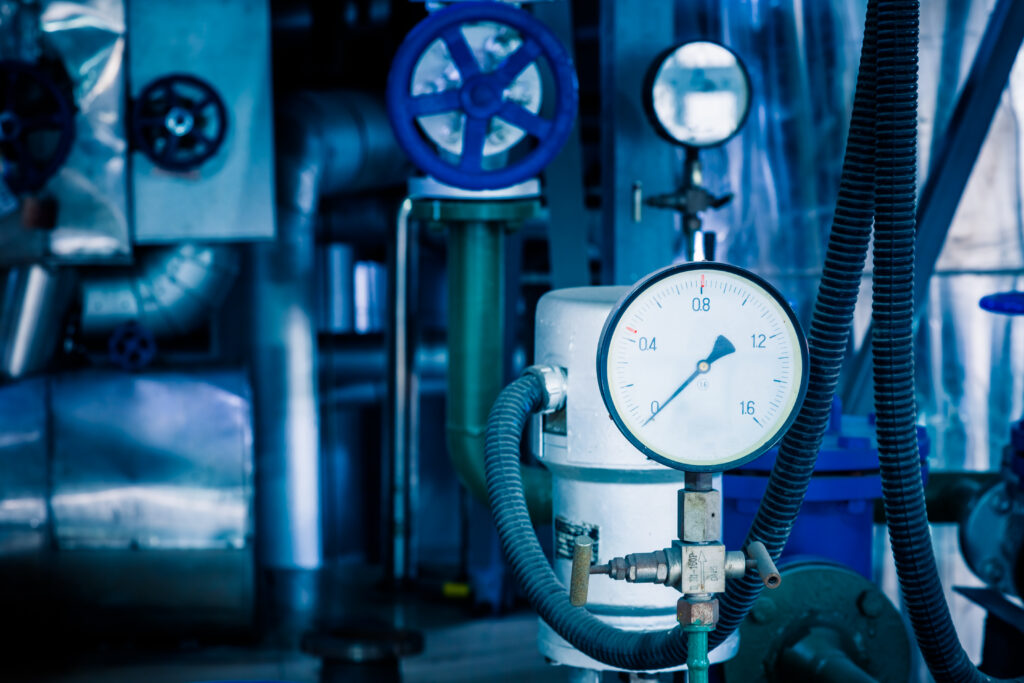In industries where water flow plays a critical role — such as water treatment, irrigation, chemical processing, and manufacturing — accurate measurement of water flow is essential for quality control, efficiency, and regulatory compliance. This is where the calibration of water flow meter becomes a key factor in operational success.
This article explores what water flow meter calibration is, why it’s important, the methods used, and best practices for ensuring your flow meters provide precise and reliable readings.
What Is Water Flow Meter Calibration?
Calibration of a water flow meter is the process of comparing the flow meter’s measurement output against a known reference standard or benchmark. The goal is to determine any deviation or inaccuracy in the readings and adjust the flow meter accordingly to ensure it meets its specified accuracy range.
This process helps verify that the instrument continues to deliver precise measurements over time, despite wear and tear, environmental conditions, or drift in electronic components.
Why Is Flow Meter Calibration Important?
- Accuracy in Measurement:
Inaccurate flow data can lead to overuse or underuse of water, incorrect billing, or flawed processing in industrial applications. - Regulatory Compliance:
Many sectors are subject to environmental and quality regulations that demand validated flow data. Calibrated meters help meet ISO, NABL, or local government standards. - Operational Efficiency:
Proper calibration helps optimize water usage and prevent resource wastage, ensuring that operations are cost-effective and sustainable. - Preventive Maintenance:
Regular calibration can help identify worn-out sensors or mechanical faults before they cause significant problems or downtime.
Types of Water Flow Meters That Require Calibration
There are various types of water flow meters, and each may require different calibration techniques:
- Electromagnetic Flow Meters: Common in wastewater and industrial applications.
- Ultrasonic Flow Meters: Used for clean and dirty water, often clamp-on types.
- Turbine Flow Meters: Typically used for clean water in utilities and irrigation.
- Positive Displacement Meters: Known for high accuracy, often used in small-scale applications.
- Vortex Flow Meters: Employed in both liquids and gas flow systems.
No matter the type, all flow meters benefit from periodic calibration to ensure sustained performance.
When Should You Calibrate a Water Flow Meter?
The frequency of calibration depends on factors such as:
- Manufacturer recommendations
- Usage intensity and operating environment
- Industry-specific compliance requirements
- Previous calibration history and drift behavior
Typical intervals range from once every 6 months to annually. However, critical systems may require more frequent checks, especially in high-precision or safety-sensitive environments.
Calibration Methods for Water Flow Meters
Here are some of the most commonly used water flow meter calibration techniques:
1. Gravimetric Method
This method involves collecting water over a known period into a weighing tank and calculating the flow rate based on weight and time. It’s highly accurate and used in reference laboratories.
2. Volumetric Method
Here, a known volume of water is passed through the meter, and readings are compared. It’s ideal for smaller flow rates and field setups.
3. Comparison Method
In this method, the flow meter under test is connected in series with a master or reference flow meter. Flow readings are then compared across the same conditions.
4. Using Calibration Test Rigs
Accredited labs use automated flow calibration rigs that simulate various flow conditions, ensuring precise calibration over a wide flow range.
Calibration Standards and Accreditation
In India and globally, several institutions set the standards for flow meter calibration:
- NABL (National Accreditation Board for Testing and Calibration Laboratories)
- ISO/IEC 17025: Accreditation for calibration labs.
- BIS (Bureau of Indian Standards)
- International organizations like NIST (USA) or PTB (Germany)
Calibrations performed by accredited labs ensure traceability and confidence in results.
Steps in the Calibration Process
- Preparation:
Clean the flow meter, inspect for damage, and ensure it’s properly installed. - Setup:
Connect the flow meter to a test rig or water source, along with a reference standard. - Flow Simulation:
Pass water through the meter under controlled conditions at various flow rates. - Data Collection:
Record readings from both the test meter and the reference. - Calculation:
Compare values, calculate error or deviation, and determine whether the meter falls within acceptable limits. - Adjustment & Documentation:
If necessary, adjust the meter or apply a correction factor. Finally, issue a calibration certificate.
Choosing a Professional Calibration Service
While some large-scale industries maintain in-house calibration labs, most businesses in India and abroad rely on professional calibration service providers. When selecting a provider:
- Ensure they are NABL-accredited
- Verify the range and type of meters they can calibrate
- Look for on-site and lab calibration options
- Ask for a detailed calibration report with traceable standards
Challenges in Water Flow Meter Calibration
Some of the common challenges faced during calibration include:
- Fluctuating water temperature or pressure
- Entrained air in the water supply
- Build-up of deposits inside the meter
- Mismatched flow ranges between reference and test meters
Proper setup, environmental controls, and using the right calibration method can help overcome these challenges.
Conclusion
Calibrating a water flow meter is essential for ensuring precise fluid measurement, improving operational efficiency, and meeting regulatory standards. Whether you are operating a water utility, managing an industrial plant, or involved in R&D, flow meter calibration should be a regular part of your maintenance protocol.
By choosing certified calibration services and following a consistent schedule, you ensure that your water flow measurements remain accurate, reliable, and trustworthy — ultimately contributing to better resource management and system performance.


